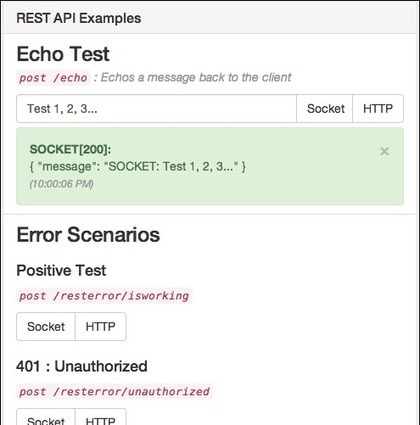Using JSON webtoken authentication for consuming rest-api from your Single Page Application is pretty common these days. In this post I'll be helping you to use it in your Sails.js App. Well'll be using simplest user name and password...
Research and publish the best content.
Get Started for FREE
Sign up with Facebook Sign up with X
I don't have a Facebook or a X account
Already have an account: Login

Keeping track of current JavaScript Frameworks that help design your clientside Business Logic Layers.
Curated by
Jan Hesse
 Your new post is loading... Your new post is loading...
 Your new post is loading... Your new post is loading...
No comment yet.
Sign up to comment
|
|








![[How To] Implement Passport.js Authentication with Sails.js | JavaScript for Line of Business Applications | Scoop.it](https://img.scoop.it/yyGOiyQbu3g4msuz8Ohb4Dl72eJkfbmt4t8yenImKBVvK0kTmF0xjctABnaLJIm9)













